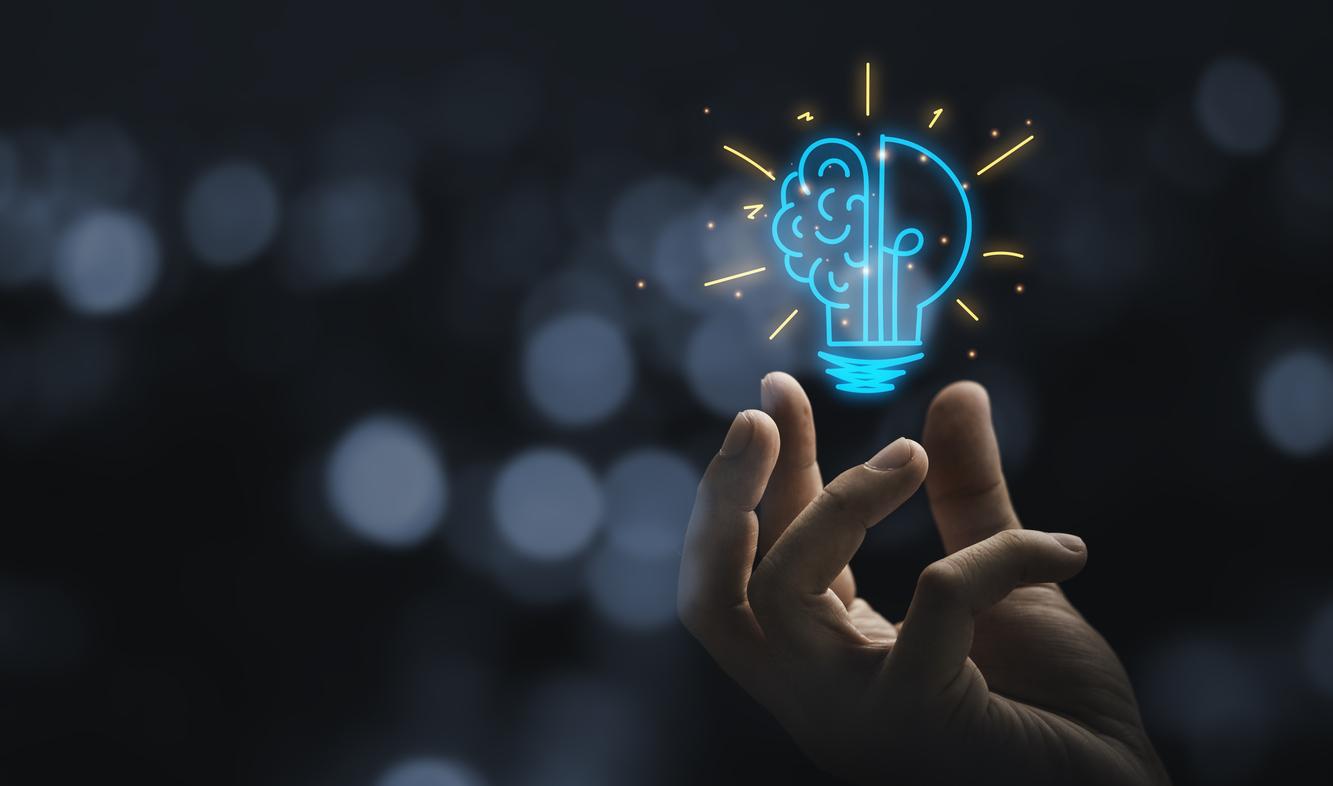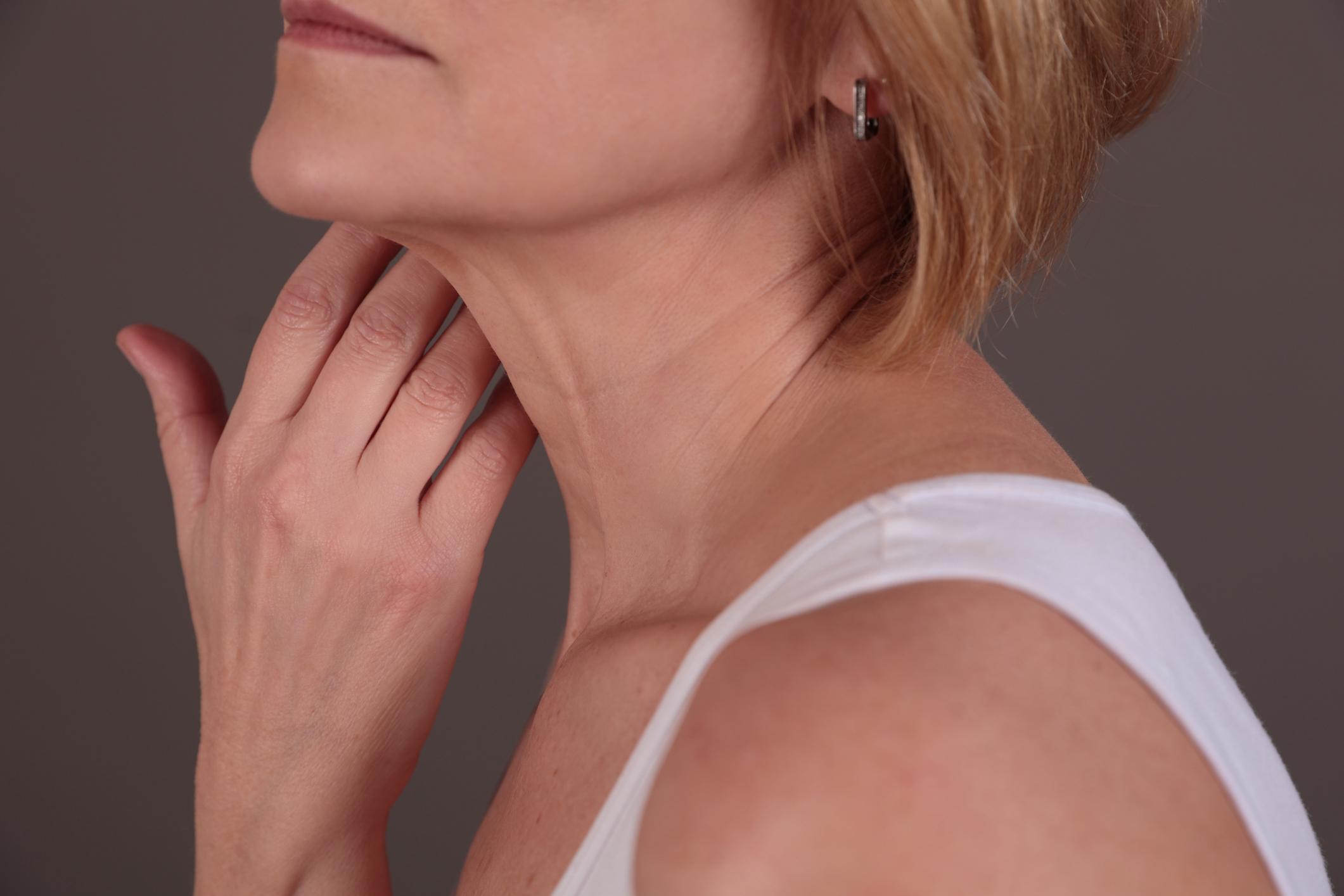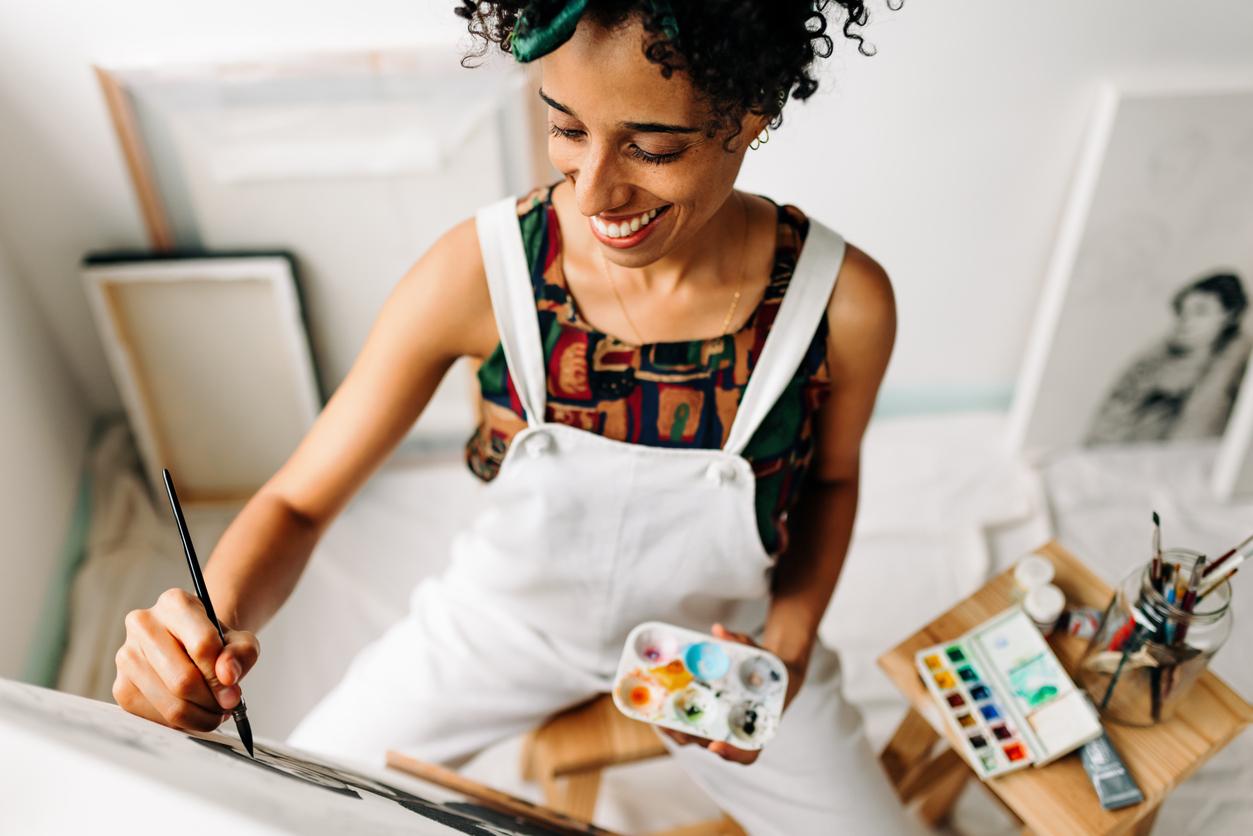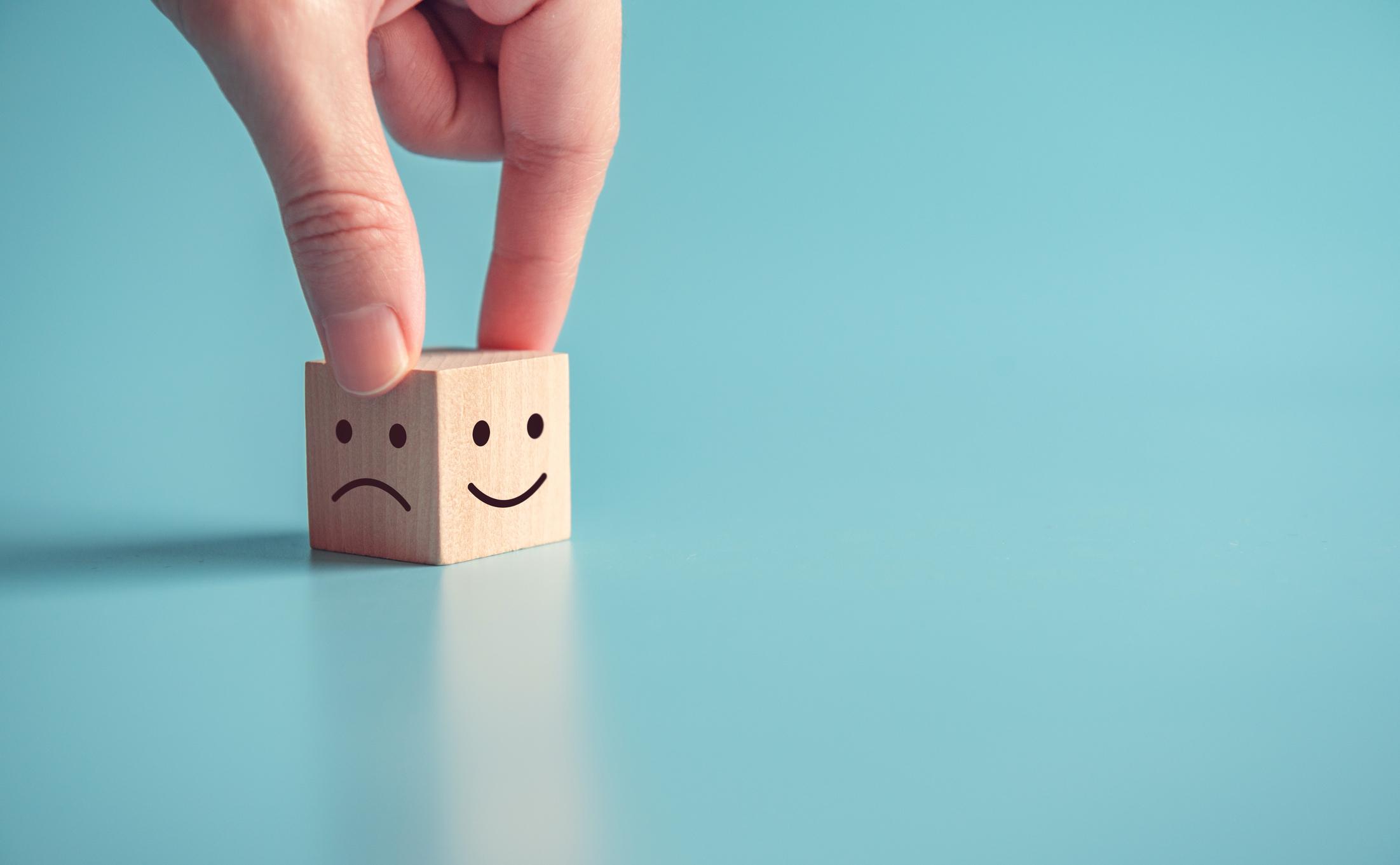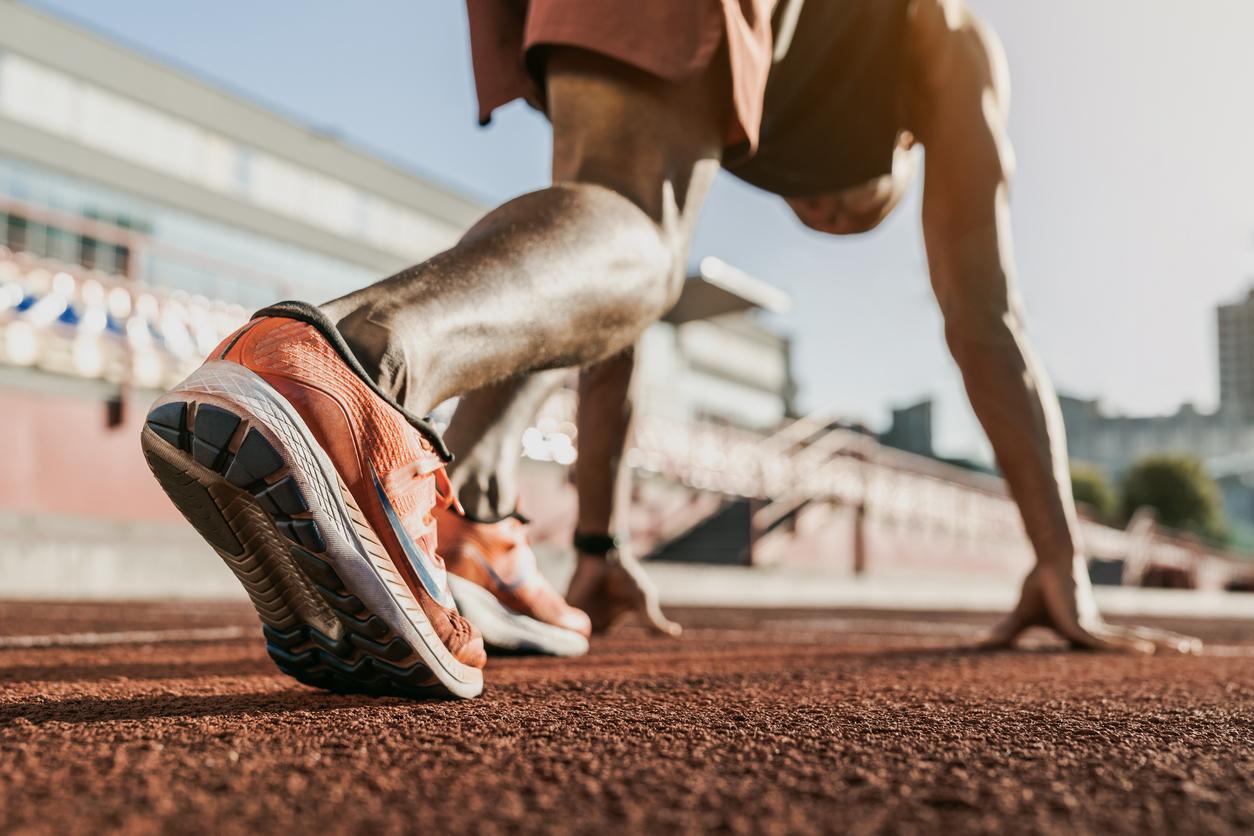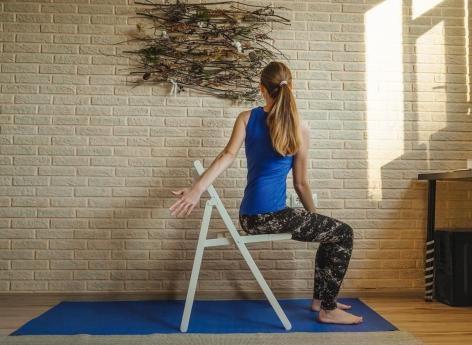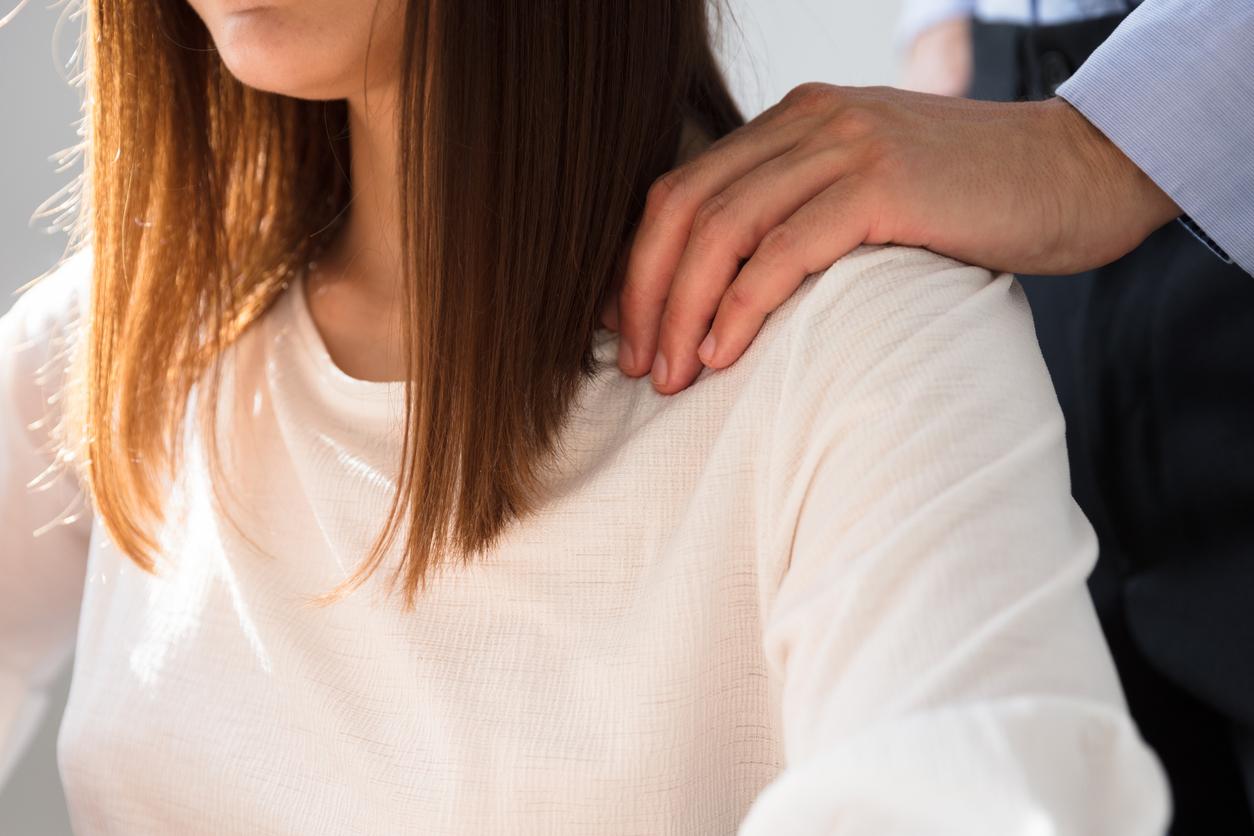Researchers have identified how visual art affects our emotions but also the bodily responses it provokes.
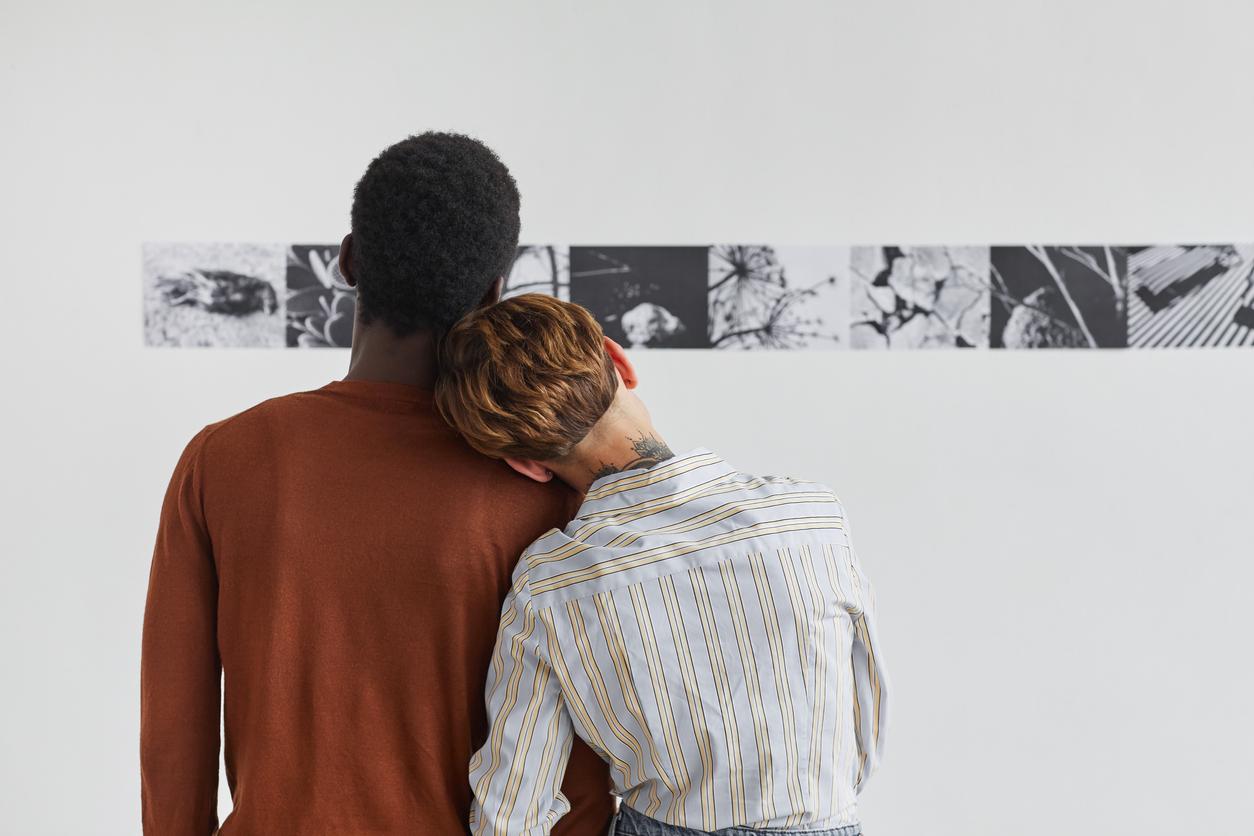
- Researchers wanted to understand what happens in the body when we look at a work of art.
- The body seems to play an important role in the appreciation of a painting: the stronger the bodily reaction, the more intense the emotions felt.
- The human faces were the most watched elements by the volunteers. They promote the mirror effect, thus causing emotions to the person.
The goal that artists seek with their work is very often to arouse strong emotions in the public…whether positive or negative. And, the most talented succeed! A team from the Turku PET Center at the University of Turku (Finland) wanted to identify the mechanisms underlying the feelings provoked by works of art.
Bodily sensations play an essential role in the appreciation of a work
To better understand how a visual work affects our emotions, the researchers asked 1,186 people from different countries to indicate the sensations and feelings experienced when coming into contact with more than 300 pieces of art. Their eye movements were also recorded when the volunteers looked at the paintings.
The results show that art elicits a wide range of feelings. However, Professor Lauri Nummenmaa, lead author of the study, notes that “even though many plays dealt with sad or frightening subjects, the emotions people felt were mostly positive”.
Moreover, the whole body seems to play an important role in the appreciation of a painting or a photo. “The bodily sensations elicited by the art also contributed to the emotions: the stronger the body’s reaction to the artwork, the stronger the emotions felt by the subject”adds the expert.
“As a result, it is possible that the appeal of the visual arts stems in part from the art’s ability to engage the viewer’s body in ways resembling the bodily signatures of survival emotions”he writes in his article published in the journal Cognition and Emotion in March.
Art: a preference for human faces
The research also made it possible to identify the elements present in the paintings that provoked the most reactions among the participants.
“In artwork, human figures were the most interesting and watched subject matter. People tend to empathize with other people’s emotions and that’s probably also the case when we see human figures in the art. art”says Riitta Hari of Aalto University, a neuroscientist who also worked on the experiment.
According to her, the presence of faces in the canvases launches an unconscious psychic mechanism, called the mirror effect. The latter consists of adopting without realizing it the emotions and gestures of the people in front of you.
His colleague Professor Nummenmaa adds in a communicated : “Our results suggest that our body plays an important role in aesthetic experience. Bodily sensations can attract people to art: art evokes feelings in the body, and such stimulation of the body’s pleasure centers is enjoyable for the viewer. That is why the emotions and bodily sensations evoked by art can be used, for example, in rehabilitation and mental health care.”








